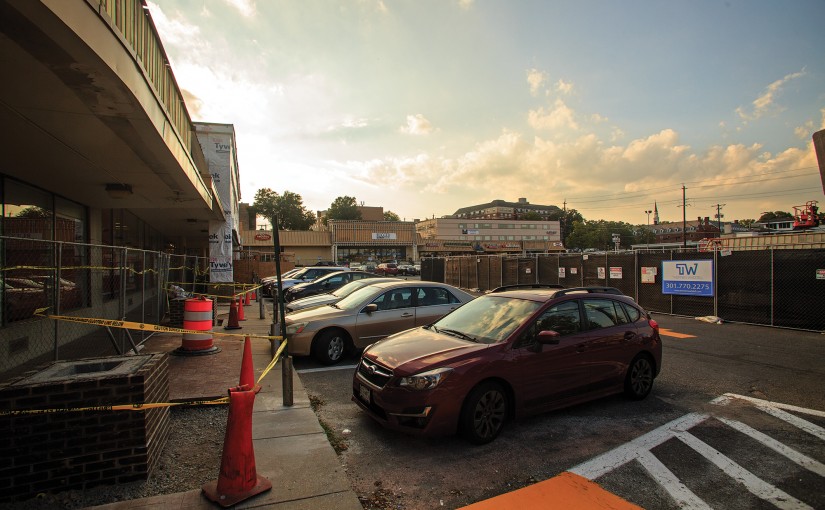Views expressed in opinion columns are the author’s own.
The rats are overtaking Washington, D.C. Complaints about rodents have reached a four-year high in what is already the fifth-rattiest city in the country, and they’re creeping into the homes and businesses of College Park as the weather turns cooler.
We can only expect more pattering paws with time; they’re a hallmark of population growth and urbanization, because the more people and bustle in an area, the more trash for rats to nosh on.
It’s a problem our city shares with the greats, but it’s nothing we should be emulating. Instead, it’s another byproduct of College Park’s clunky incorporation of elements of large cities that scrub out the comforts of suburbia.
While the University of Maryland enrolls increasing numbers of students, the city continues to gain people and businesses continue to be established. We live amid this growth in a state of constant construction without getting the infrastructure of a real city.
This came to light with the recent announcement that six new restaurants are being added to the ground floor of Terrapin Row. Not grocery stores — of which we really have none within walking distance — that so many students without cars need, but instead more commercial eateries like Dunkin’ Donuts that already saturate our small space.
[Read more: Dunkin’ Donuts is among six new businesses coming to Terrapin Row]
Instead of supporting the growth of local businesses and being responsive to the needs of low-mobility residents, College Park has prioritized profitability and expansion. By bringing in popular chains and pushing for more upscale venues, the city has neglected to build the foundations for an established community.
It’s not easy for people to live in a food desert, and the prices of these restaurants are already prohibitive to the cost of living. It’s difficult to get a non-fast food meal for less than $8 around here, while raw ingredients from a grocery store would cut food costs steeply.
The same issue is reflected in housing. Living in a city costs a lot, but College Park has adopted high real estate prices without trying to mitigate them — despite there being a real opportunity to do so, by developing more affordable housing.
The only housing options this city and university are really promoting are luxury apartments and high-rises costing more than $800 a month, and there are more on the way. Instead of focusing construction on low-cost apartments or making existing homes more attractive, we get pretentious “market-rate” complexes that have gobs of money poured into them, even after they burn down.
Many houses in the area are old, falling apart and managed by neglectful landlords who may lease for exorbitant amounts despite living several states over. Residents can’t lower rent by having more housemates, because county zoning laws prohibit more than five unrelated people from sharing a house.
The current system prevents tenants from taking matters into their own hands, creates a financial barrier and disempowers them from negotiating with their landlords because of how limited affordable housing is. It’s not like College Park is too sprawling to help its residents, but its present inaction suggests we should accept it as an inevitability.
For all the dust kicked up here, College Park’s progress toward being a true metropole has been piecemeal and unbeautiful. It now exists in this weird middle state where it’s lost the benefits of being a small town without having the variety and culture of an established city. We’ve got the rats and unaffordable living spaces of big urban centers, but it was poor planning that we ended up at this point.
Sona Chaudhary, opinion editor, is a sophomore English and geology major. She can be reached at sonachaud@gmail.com.



